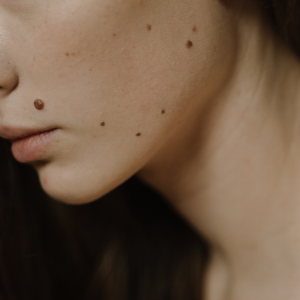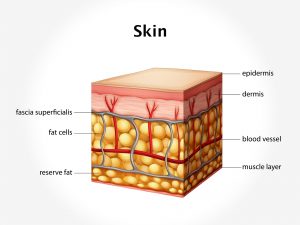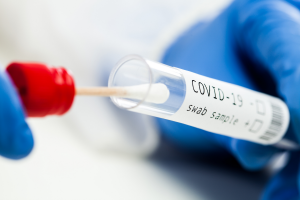Causes and risk factors
Fox den disease is found in patients with a disposition to acne conglobata. A sinus-forming and fistulating pyoderma may develop. It consists of epithelialized fistulas and sinuses that spread epifascially over long distances, forming a tract system similar to a fox den. The fistulas contain mostly anaerobic bacteria.
Clinical presentation
It usually starts in the perineum and may extend into the scrotum and anterior abdominal wall. It has also been observed on the upper trunk. There is swelling of penis. Patient complains of purulent discharge from penis. Scrotum may be enlarged as much as reaching the knees. There is discoloration of skin over the scrotum. The skin is thick and indurated. Through this skin, there are multiple sinus tracts that drain the pus. Similar skin changes can be seen in other areas such as buttocks, thighs, perianal region. Testes are not palpable.
Investigation
Medical history by the patient and clinical examination by the doctor help in diagnosis. Routine hemogram is done to check for anemia and hypoalbuminemia.
Treatment
Because fistulas and sinuses form epithelium, fox den disease cannot heal spontaneously. Local infection can be treated with iodine bath, antibiotics, and proper nutrition. It requires wide, en bloc excision of the entire tract system.
Other Modes of treatment
The other modes of treatment can also be effective in treating fox den disease.
Homoeopathy is a science which deals with individualization and considers a person in a holistic way. This science can be helpful in combating the symptoms. Similarly, the Ayurvedic system of medicine which uses herbal medicines and synthetic derivates is also found to be effective in treating fox den disease.
























